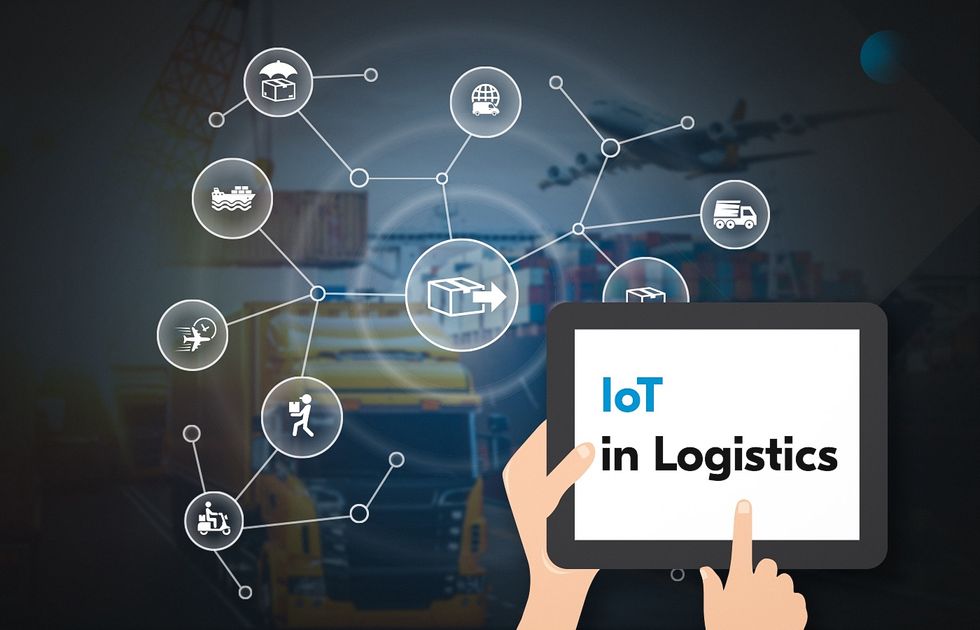IoT Logistics Visibility Services by Postalparcel
IoT logistics visibility is transforming how modern supply chains operate. In an age where real-time insights are critical, the Internet of Things (IoT) enables logistics providers to track shipments, monitor conditions, and manage assets more efficiently than ever before. With smart sensors and connected devices, businesses gain end-to-end transparency, allowing faster decision-making and better customer service.
Why Logistics Visibility Matters More Than Ever
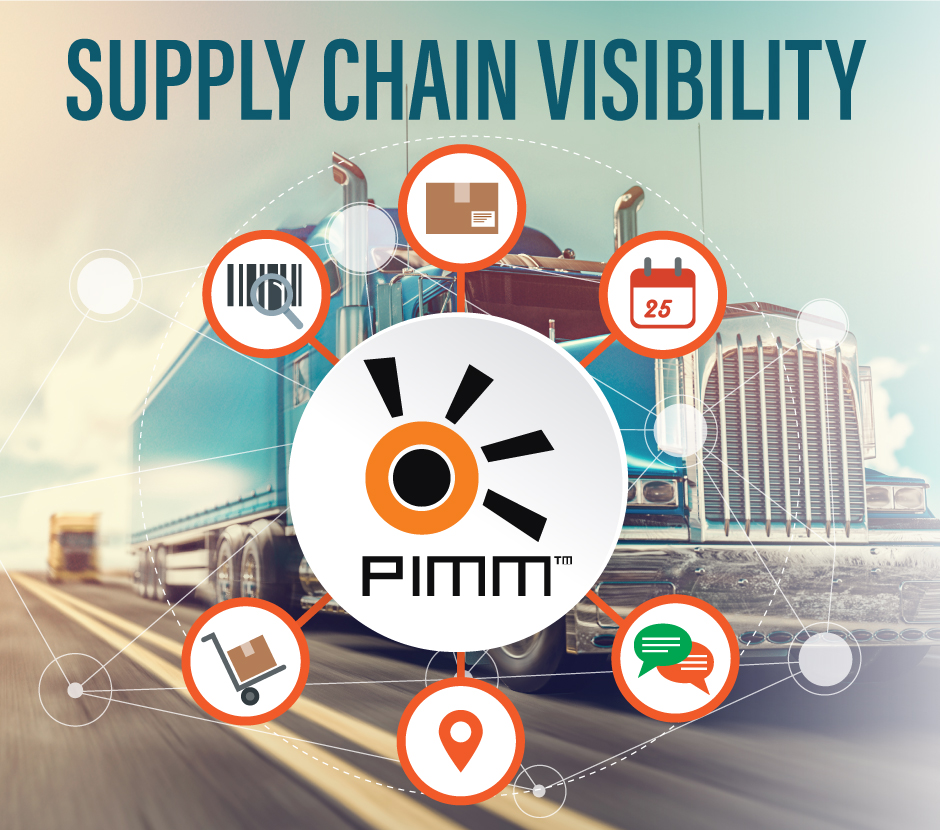
Modern supply chains are global, interconnected, and increasingly complex. Any lack of transparency can result in delays, increased costs, and dissatisfied customers. For logistics providers and businesses alike, visibility is no longer optional—it is a critical differentiator.
Customers demand real-time updates, accurate delivery windows, and instant alerts in case of disruptions. Manufacturers and distributors need to monitor inventory levels, detect inefficiencies, and prevent bottlenecks before they affect downstream operations. To meet these needs, logistics providers are embracing IoT to bring clarity and control to every step of the journey.
What Is IoT and How Does It Integrate with Logistics?
The Internet of Things refers to a network of interconnected physical devices that collect and exchange data using embedded sensors and connectivity. In logistics, these devices can be mounted on vehicles, pallets, containers, or even individual packages to continuously monitor location, condition, and status.
With IoT devices feeding real-time data into logistics platforms, businesses gain access to a live view of their operations. This enables faster decision-making, more accurate forecasting, and a proactive approach to issue resolution.
Key Applications of IoT in Logistics Visibility
1. Real-Time Shipment Tracking
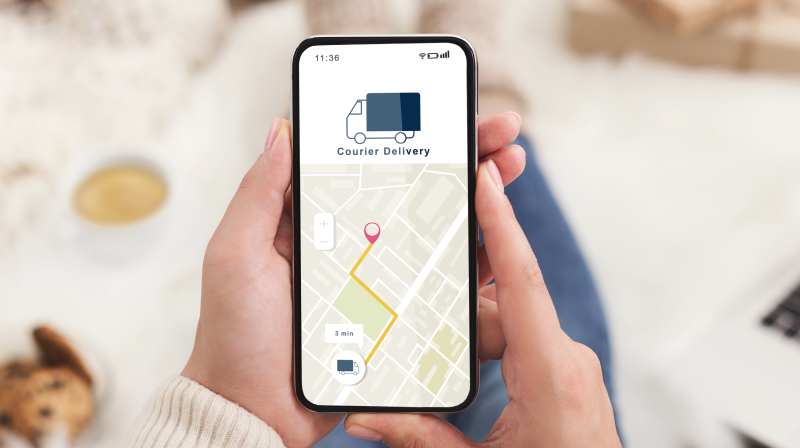
IoT-enabled GPS trackers allow logistics providers to monitor the location of shipments in real time. This visibility helps optimize routes, avoid delays, and provide accurate ETAs to customers. In case of route deviations or theft attempts, immediate alerts are triggered, improving security and accountability.
2. Environmental Monitoring
Sensors can track temperature, humidity, and vibration inside cargo containers—essential for industries like pharmaceuticals, food, and electronics. If a shipment is exposed to unsafe conditions, alerts are automatically sent so corrective action can be taken before products are damaged.
3. Fleet and Asset Management
IoT devices can monitor vehicle health metrics such as fuel consumption, engine temperature, and tire pressure. With this data, companies can schedule preventative maintenance, avoid breakdowns, and extend asset lifespan.
4. Warehouse Automation and Inventory Visibility
Inside warehouses, IoT plays a critical role in inventory tracking. RFID tags and smart shelves provide up-to-date information on stock levels and item locations. This reduces manual errors, speeds up order fulfillment, and ensures inventory accuracy.
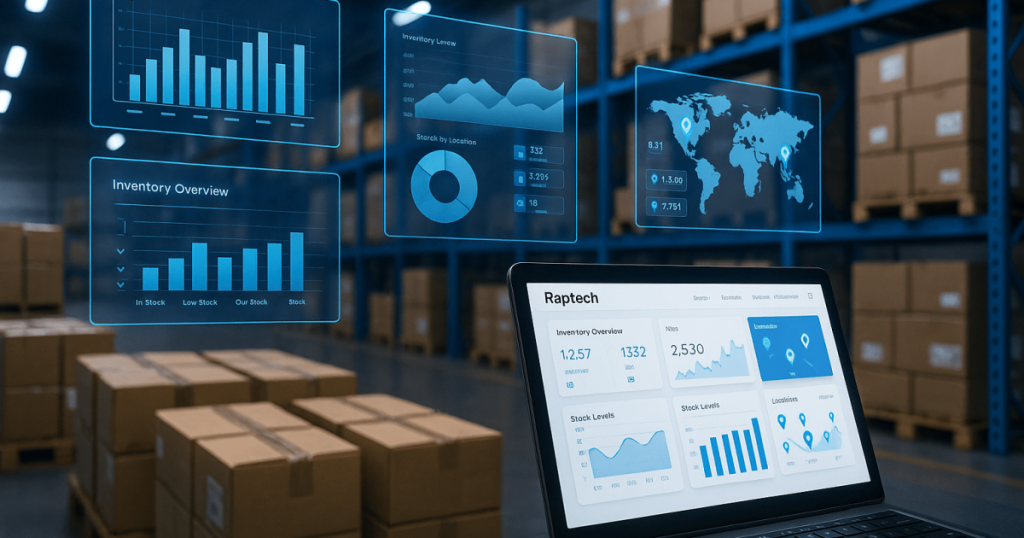
The Benefits of IoT-Enhanced Logistics Visibility
The integration of IoT into logistics services delivers several measurable benefits:
- Improved Decision Making: With real-time data, logistics managers can make faster, smarter decisions based on live conditions.
- Reduced Operational Costs: Preventative maintenance and route optimization help cut fuel, labor, and repair expenses.
- Increased Customer Satisfaction: Customers gain confidence through real-time updates and accurate delivery timelines.
- Risk Mitigation: Early warnings about shipment delays, equipment failure, or environmental risks allow companies to act before problems escalate.
- Better Compliance: IoT data ensures regulatory compliance in industries where condition monitoring is required, such as cold chain logistics.
Postalparcel: Delivering Visibility with Smart Logistics Services
Postalparcel‘s logistics services are designed to deliver end-to-end visibility and control by integrating IoT-enabled capabilities into its carrier management and inventory tracking services. As a full-service logistics provider, it uses connected sensors, trackers, and smart platforms to help clients monitor and manage their supply chain operations in real time.
For instance, when clients use Postalparcel’s delivery services, they benefit from live tracking dashboards that consolidate carrier data and IoT sensor feedback. This makes it easier to identify delays, evaluate carrier performance, and enhance customer communication.
On the inventory side, Postalparcel’s services leverage IoT to track stock levels across multiple locations. Whether managing a regional warehouse or coordinating urban micro-fulfillment centers, clients receive real-time inventory data that improves allocation, reduces shrinkage, and speeds up fulfillment.
Real-World Example: IoT LogisticsSolving Delivery Disruptions
One client—a luxury food distributor serving multiple cities—faced challenges with temperature-sensitive goods. Their previous logistics setup couldn’t detect when perishable items were exposed to unsafe conditions in transit. After switching to Postalparcel’s IoT-enabled delivery service, they installed real-time temperature sensors inside transport containers. When thresholds were exceeded, alerts were triggered automatically, and deliveries were rerouted or adjusted accordingly.
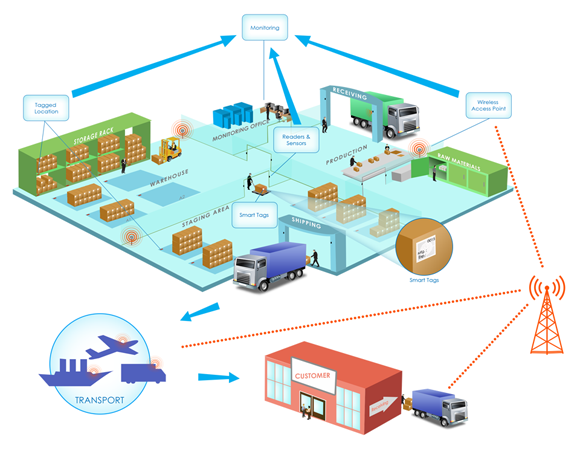
As a result, product spoilage dropped by 35%, customer satisfaction scores improved, and the client gained new contracts based on their proven ability to ensure cold chain compliance.
Challenges and Considerations
While the benefits are significant, integrating IoT into logistics also brings some challenges:
- Data Security: Protecting the integrity and privacy of real-time data is essential.
- Device Management: IoT networks require regular updates, calibration, and maintenance.
- Initial Investment: Deploying sensors and infrastructure requires upfront capital, though the ROI is often strong over time.
Logistics providers help mitigate these challenges by managing the infrastructure and providing IoT as part of their service—not as a separate system the client has to maintain.
Looking Ahead: The Future of IoT in Logistics
IoT will continue to play a central role in making logistics smarter, more responsive, and more customer-centric. As 5G connectivity expands and AI-powered analytics become more integrated with IoT platforms, logistics visibility will reach new levels of precision.
Postalparcel remains committed to leading this transformation. By combining smart technologies with full-service logistics capabilities, the company enables businesses to future-proof their supply chains with ease and reliability.
Conclusion
The Internet of Things is not just a tech trend—it is a critical tool for enhancing logistics visibility. From shipment tracking to condition monitoring, IoT delivers clarity, speed, and trust to supply chains. Postalparcel is redefining logistics by offering IoT-driven services that empower businesses to make real-time, informed decisions. In an industry where visibility equals value, IoT is the game-changer, and Postalparcel is leading the way.
Industry Insights
news via inbox
Nulla turp dis cursus. Integer liberos euismod pretium faucibua

